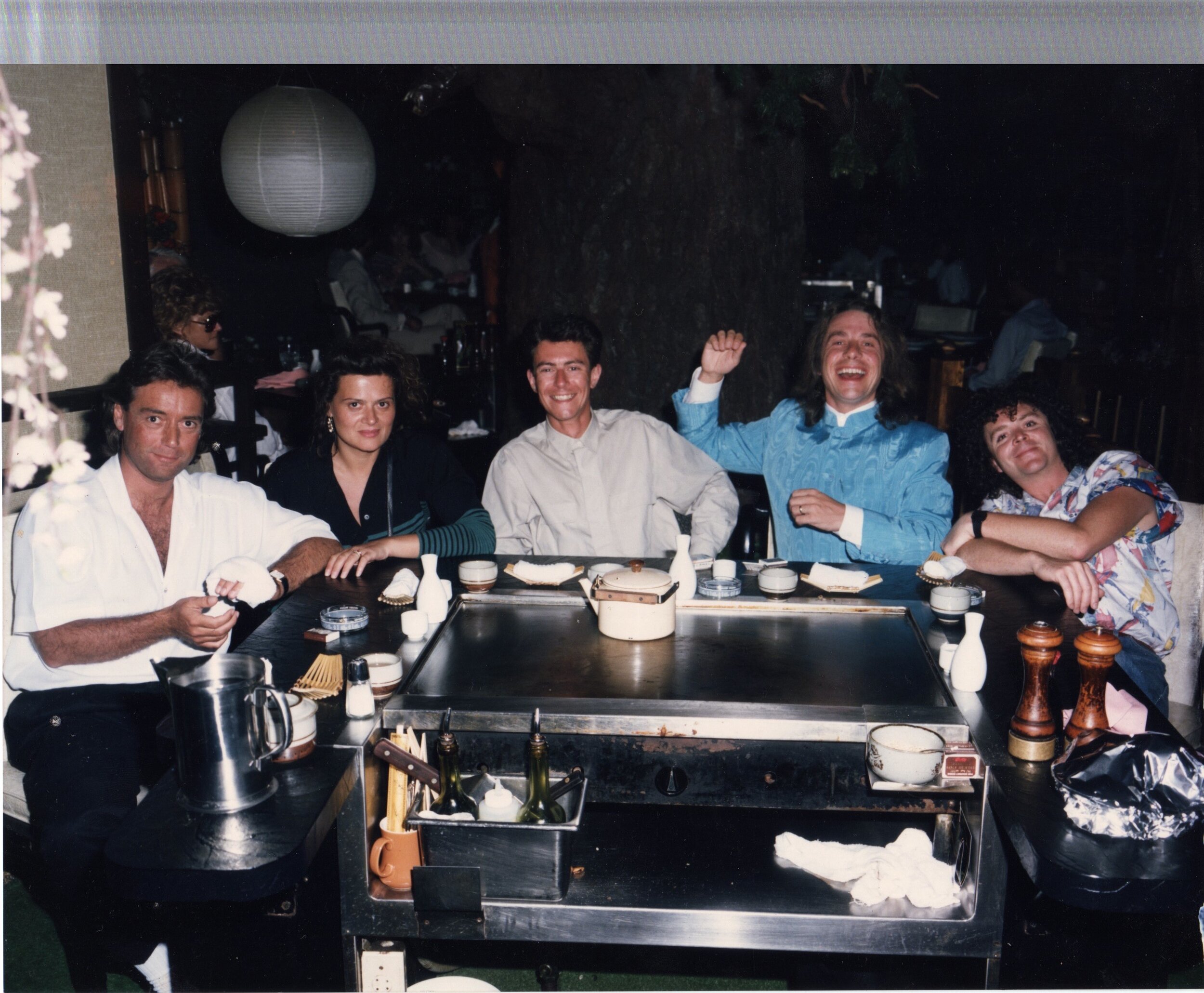“The game is about glory, it is about doing things in style and with a flourish”
This is a piece about branding and football. So let’s talk about cricket.
The England cricket team to be precise.
Less than a year ago, New Zealander Brendon McCullum was appointed as the England Test team’s Head Coach. Since then, alongside captain Ben Stokes, the team has made a public declaration that, first and foremost, their aim is to entertain. To whack as many balls as possible out of the park, score oodles of runs at lightning speed, bowl with the sole purpose of taking wickets, and bugger the consequences as long as it’s a load of fun. It’s been 11 months of smiles-on-people’s-faces – punters and, crucially, players alike. And, by the way, England have won 9 out of their 10 tests since McCullum and Stokes have been in charge.
To anyone used to decades of test cricket played at tectonic speed, uber-defensive batsmen, dour-defensive bowling and ever-emptying grounds, this has been revolutionary. Test cricket played at the speed of a 50-over match. In honour of McCullum’s nickname, it’s been dubbed ‘Bazball”.
The probability is that, if England’s success continues, Bazball will spread as a tactic to every other test-playing nation around the world. And if that happens, instead of withering slowly away in harmony with its ageing audience, test cricket might just have bought itself several more decades of relevance, popularity and general sexiness.
Whatever else, though, the England test cricket brand has transformed itself in just 12 months. From barely respiring to truly aspirational.
In sport, as in everything else, brands are important. And this is where we get back to football.
I’m a lifelong Tottenham Hotspur fan. Not even a North Londoner, I started supporting Spurs not because they were outstandingly successful but because of the way they played. (I stress the past tense here). I loved Spurs above all because I love football. I loved the Brazilian team of 1970. The Barcelona team of 15 years ago. The Real Madrid of Zinedine Zidane. The 1970s Dutch team. I love beautiful football even when it’s being played by Arsenal - which this season it is. Good for them. And over the years I’ve loved Spurs best when they play like Danny Blanchflower said they should.
Danny Blanchflower explained the Spurs football brand ethos in the wake of their fast, flowing, ‘push and run’ football of the early 1960s. "The great fallacy is that the game is first and last about winning”, he said. “It is nothing of the kind. The game is about glory, it is about doing things in style and with a flourish, about going out and beating the lot, not waiting for them to die of boredom."
Of course you want to win. But watching your team play with smiles on their faces - and putting a smile on yours, too - is way, way more valuable. That’s what gets people renewing their season tickets, subscribing to the sports channels, buying the merch, and wanting, whether you’re from Stoke Newington or Seoul, to support the team in the first place.
In 2019, Tottenham Hotspur had spent 4 years with a young-ish coach, Mauricio Pochettino, who wanted his team to play fast, pro-active, attacking football that entertained people, neutrals too. He embodied the Blanchflower credo. After a nondescript season, which nevertheless culminated in a Champions League final, Pochettino was fired. His replacement was supposed to be someone who could take the team to the next level, and start winning trophies, to usher Spurs from bridesmaid to bride. Jose Mourinho, and his ultimate successor Antonio Conte, were the wrong choices for Spurs. They’re successful coaches, but their appointments showed that the decision-makers at Tottenham Hotspur don’t understand their own brand. Every Spurs fan knows that, for all their undoubted talents, Mourinho and Conte are not a fit with the Spurs DNA. Even if they’d been successful, their style of playing football is the opposite of what Spurs has always stood for. Many Spurs fans would agree that we are currently playing the most unlovely football in the Premier League. “To dare is to do” is the club’s motto. There’s certainly been daring and doing in regard to the bricks and mortar, but a complete absence of it in the football itself – ‘turgid’, ‘ghastly’, ‘joyless’, ‘sclerotic’ and ‘constipated’ are just some of the adjectives that spring to mind. What’s more, even on its own terms it hasn’t been a particularly successful approach: Spurs have conceded more goals this season than any other team in the Premier League’s top twelve. And the worst part of all? The team look miserable. They seem lost. Even Heung-Min Son’s perma-grin has vaporised in 2023. It’s that bad.
“If you care about your business, you’d better care about your brand”
So who’s presided over all this? Tottenham Hotspur is run by ENIC, and ENIC is essentially run by two people (itself a red flag, some might think). Their business acumen - based on real estate, resorts, currency trading and finance - and a good deal of vision - should be applauded. They’ve given the club a wonderful stadium, a state-of-the-art training facility, and a very stable financial footing. They’ve given it longevity. But they seem to have little idea of the softer arts of normal 21st century business, never mind the unique dynamics of a football club. They’ve consistently shown hopeless PR, hapless communications, little genuine transparency, and not a clue about brands, least of all their own football club’s.
“I think we sometimes forget, or take for granted, the unique beauty of this game,” Pele once said. Tottenham Hotspur’s brand manifesto, its belief system, its brand, used to be about just that: beautiful football, win or lose. After more than two decades in charge at Tottenham, ENIC show no understanding of this, or any comprehension that the people who pay to be entertained by the team will not continue to do so indefinitely if they’re not being, um, entertained. Even the serial masochism of being a lifelong Spurs fan has its limits.
You can be charitable about Tottenham’s owners and say that they simply don’t know any better. The worst you can say is that maybe they don’t really care as long as the business’s bottom line looks good when they decide to sell. But in 2023, if you care about your business, you’d better care about your brand, too.
However, it’s nearly summer. England’s test cricket team are playing soon. They’ve reclaimed fans’ love, not because they’re winning, but because of how they’re doing it. Win, their brand of sport says, and people will merely like you. Do it in style, and they’ll love you. Let’s hope Tottenham Hotspur’s management are watching and learning.
I can’t recommend this episode of the ever-excellent Spurs Show podcast,‘There’s only one Scott Munn’, too highly. Available on a range of platforms, here’s the link on Apple Podcasts: https://podcasts.apple.com/gb/podcast/theres-only-one-scott-munn/id261350282?i=1000608250610





















